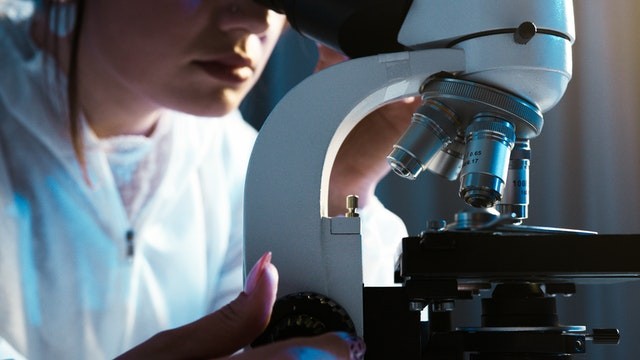Researchers recently developed a computational mechanism, paving the way for new work intended for the development of magnetic nanoparticles for employment in applications from drug delivery to sensor technologies.
According to a Phys.org report, researchers at North Carolina State University have developed the nanotechnology tool that enables users to carry out simulations of "multi-functional magnetic nanoparticles in unprecedented detail.
According to Yaroslava Yingling, corresponding author of research on the work and a Distinguished Professor of Materials Science and Engineering at NC State, self-assembling magnetic nanoparticles or MNPs have numerous desirable properties.
However, he explained, it has been challenging to investigate them since computational models have struggled to account for all the forces that can impact such materials.
ALSO READ: Thermoelectric Materials Made Using Novel Synthesis Strategy

Researchers developed a computational mechanism, paving the way for new work intended for the development of magnetic nanoparticles for employment in applications from drug delivery to sensor technologies.
Magnetic Nanoparticles
Describing MNPs, Yingling said they are subject to a multifaceted interplay between "external magnetic fields and van der Waals, dipolar, electrostatic and hydrodynamic interactions."
A lot of applications of MNPs necessitate an understanding of the manner the nanoparticles will behave in complex environments like using MNPs to deliver a particular protein on a drug molecule to a targeted affected cell that uses external magnetic fields.
In these circumstances, it is essential to be able to precisely model the manner MNPs will react to various chemical environments.
Past computational model approaches that looked at MNPs were unable to account for all of the chemical interactions experienced by MNPs in a given biological or colloidal environment, rather than focusing mainly on physical interactions, a similar Nanowerk report specified.
New tool allows unprecedented modeling of magnetic nanoparticles https://t.co/EhvJzbdzNF #nanotechnology pic.twitter.com/qCWIv1zI6k
— Nanowerk (@Nanowerk) March 11, 2022
Vital Role Chemical Interactions Can Play
The first author of the paper Akhlak Ul-Mahmood, also a PhD student at NC State said such chemical interactions can play a vital role in the magnetic nanoparticles' functionality and the manner they are responding to their environment.
More so, detailed computational modeling of MNPs is essential since models offer an effective path for the engineering of MNPs for specific applications.
That is the reason a method that accounts for all the interactions has been developed and created open-source software that can be used by material science to implement it.
Yingling said they are optimistic that this will facilitate a substantial new study on multi-functional MNPs. To show the preciseness of the new tool, researchers of the study, All-Atom Simulation Method for Zeeman Alignment and Dipolar Assembly of Magnetic Nanoparticles, published in Journal of Chemical Theory and Computation, focused on "oleic acid ligand-functionalized magnetite nanoparticles," which have already been examined and are understood well.
Behavior During Self-Assembly
Mahmood explained, they found that the tool's predictions of the properties and behavior of the said nanoparticles were aligned with what's known about such nanoparticles based on experimental observation.
Furthermore, a similar Nanowerk report specified that the model also provided new understandings of the behavior of such MNPs during self-assembly. According to Yingling, they think the demonstration does not just show that their tool is working, although highlights the added value that it can offer in terms of helping understand how best to engineer such materials in order to leverage their properties.
Related information about magnetic nanoparticles is shown on Tonya Coffey's YouTube video below:
RELATED ARTICLE: Graphene-based supercapacitor has the potential to power wearable electronics
Check out more news and information on Nanotechnology in Science Times.




![Earth's Quasi-Moon Kamo‘oalewa Could Originate From Lunar Surface Not Asteroid Belt [Study]](https://1721181113.rsc.cdn77.org/data/thumbs/full/53275/89/56/50/40/earths-quasi-moon-kamo-oalewa-could-originate-from-lunar-surface-not-asteroid-belt-study.png)









